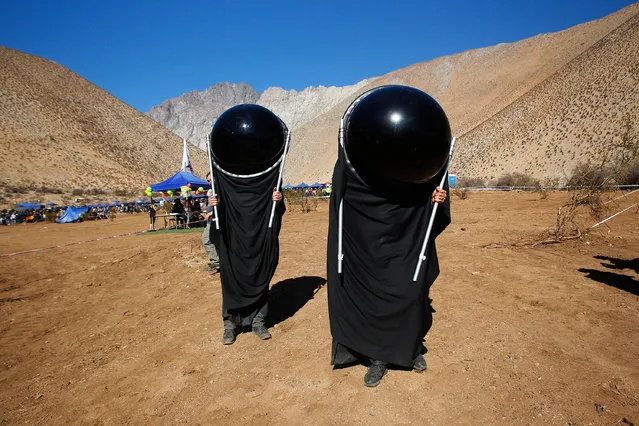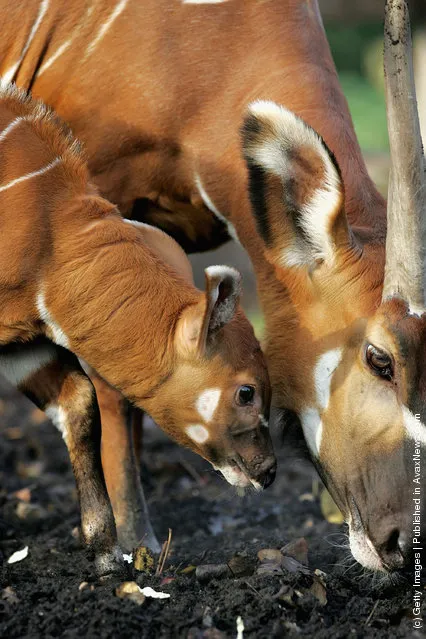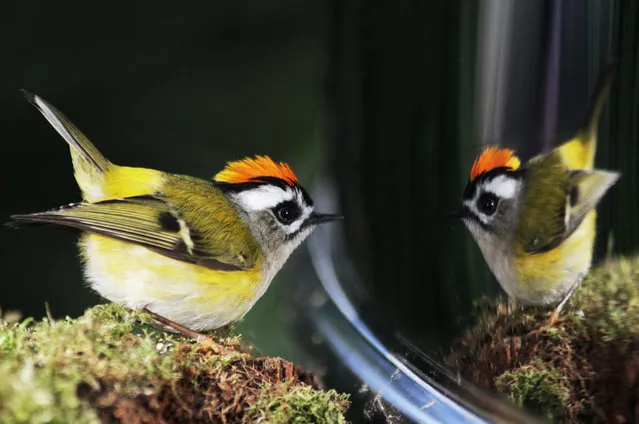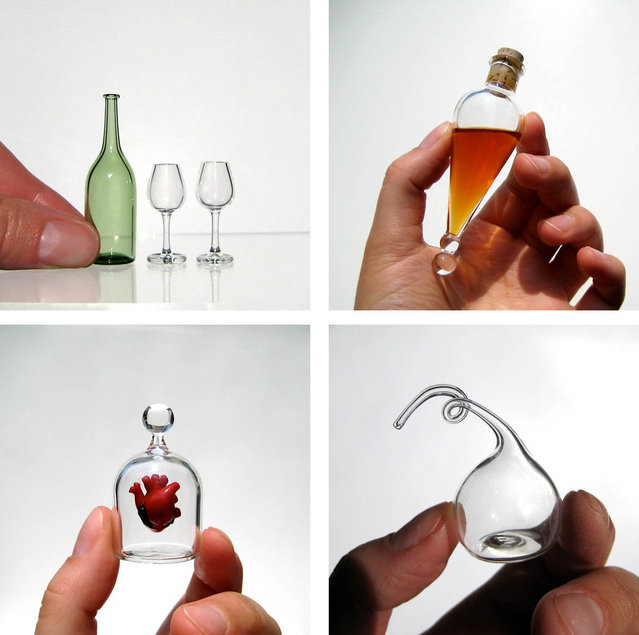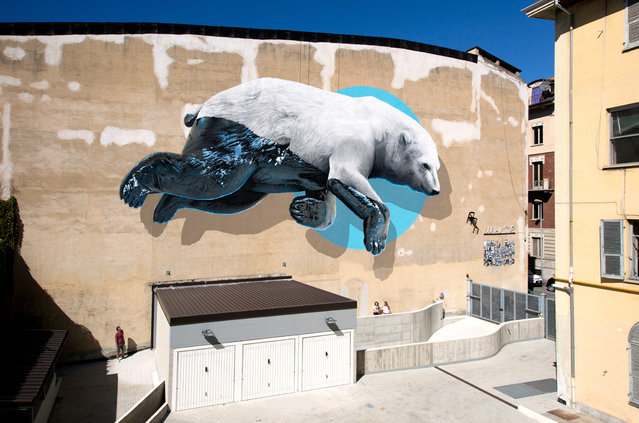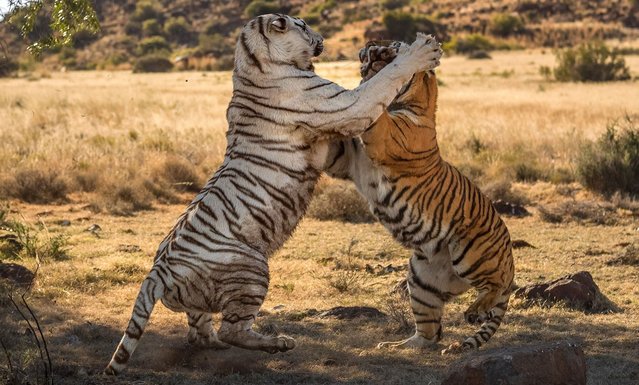
A man poses for a photograph in front of a mural of Democrat US presidential nominee Hillary Clinton clad in a swimsuit bearing the colours of the US flag in West Footscray in Melbourne on July 30, 2016. An Australian mural of US presidential nominee Hillary Clinton in a revealing, stars and stripes swimsuit may be taken down, after it has reportedly been deemed offensive. (Photo by Paul Crock/AFP Photo)
02 Aug 2016 08:23:00,post received
0 comments

